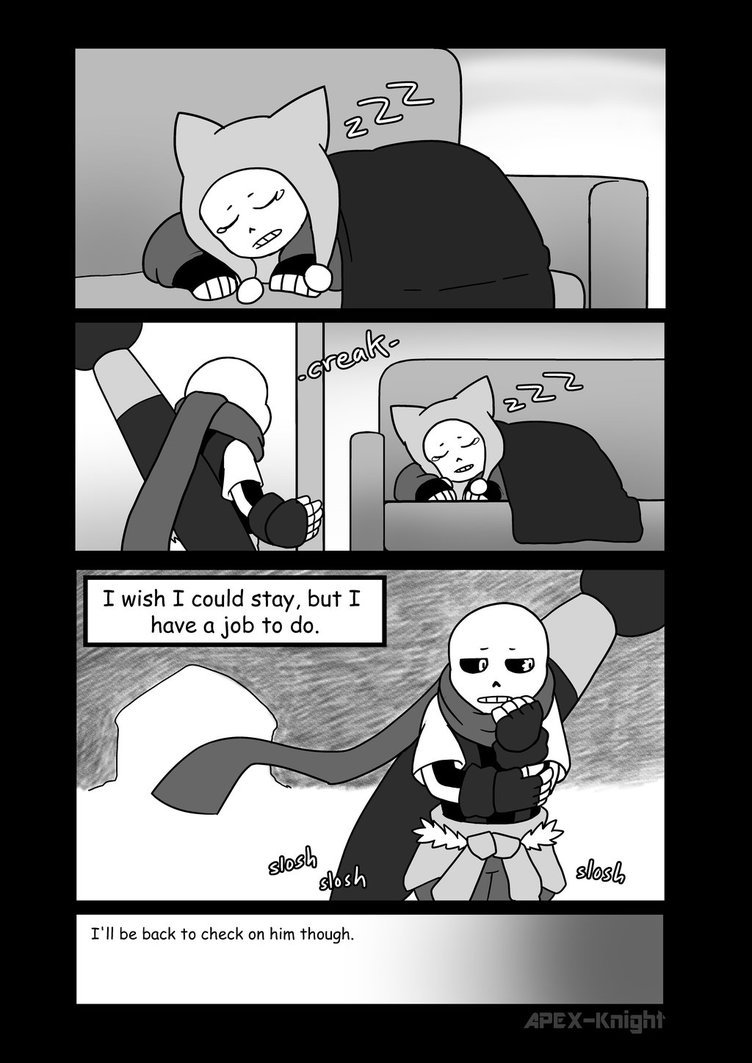

Not survivors, but prisoners – or rather playthings – of AM, kept captive right in the belly of the beast, the bowels of this insane computer, and kept alive only to be subjected to eternal torment by AM and torture in an endless sequence of sadistic violence.Īnd at the root of all this lies the human penchant for war. Only five people remain - four men and one woman. The story is set 109 years after AM has wiped out all traces of humankind (something Skynet hasn’t managed to do yet). Left: First book edition that ‘I Have No Mouth, and I Must Scream’ first appeared in.

A few might say HAL 9000, the main antagonist of 2001: A Space Odyssey (the name HAL by the way is not a dig at IBM, even though the latter is just a convenient one-letter shift away from the former).Īsk me, and I’ll say the most sadistic and evil of them all, the AI that carries the most hate for mankind, is AM from 1967’s dark, powerful post-apocalyptic short story, I Have No Mouth, and I Must Scream by sci-fi legend and editor, Harlan Ellison, the anthologist of arguably the most influential science fiction anthology - Dangerous Visions. The story would go on to win the Hugo Award in 1968 and has since appeared in numerous collections, including horror anthologies, and is now widely considered to be amongst the best sci-fi short stories ever written. That's his whole shtick.Ask people which AI embodiment in science fiction is the most villainous and mankind’s greatest enemy, and chances are they’ll say Skynet from the Terminator series. Yes, a couple less-than-stellar movies might have roughed him up a bit of it, but Superman can take it. Few remember the other characters who shared the pages of Action Comics #1 with Superman (Sticky-Mitt Stimson, anyone? Pep Morgan? Scoop Scanlon?), but he's still with us, in the ether, having pervaded the consciousness of the entire world. Shuster's art wasn't big on detail - his eyes were slits, his mouth an em-dash - but it conveyed a tremendous sense of power and (thanks to the addition of a cape, snapping behind him as he jumped through the air) speed. Along the way, he beat up a wife abuser, rescued a tough girl reporter from a kidnapping attempt and secretly wooed that same reporter while wearing a clever (your mileage may vary on this point) disguise. Jerry Siegel and Joe Shuster's Superman leapt - literally - onto the scene in a patently ridiculous circus strongman outfit to save a wronged man from execution. This is it, the comic book that launched a character and a craze and ultimately - among many other things - the state of our modern cinematic reality. Moody, moving and darkly beautiful, this work helped the wider world accept the notion that comics can tell stories of any kind, the only limit being the vision of their creators. He imbues each story with an elegiac quality reminiscent of the fables of Sholom Alecheim, replete with a fabulist's gift for distilling the world's morass into tidy morality plays. Eisner sets his stories in and around a Lower East Side tenement building very like the one he grew up in, and it shows. But it's not on this list because it was first, it's on this list because it remains one of the most beloved. So let's put it this way: Eisner's 1978 A Contract With God is widely regarded as the first modern graphic novel. It's nothing so pat and simple as a coming-of-age story it's a beautifully wrought, bittersweet and achingly real examination of two young women - one who believes herself ready for adulthood, one longing to remain a child for just a little longer.Ĭomics nerds are a nitpicky, combative lot, so whenever Will Eisner's collection of comics short stories gets called "the first graphic novel," the "um, actually"s descend like so many neck-bearded locusts to remind everyone about Rodolphe Topffer and Lynd Ward and to point out that it's not a novel, it's a collection of stories. The story, about two girls whose families have been spending summers at the same lake for years, perfectly captures the moment when everything changes - when feelings, both expressed and unexpressed, begin to color and distort a childhood friendship, when long-simmering jealousy, fear and rage finally bubble over. But relatively few comics have taken up the transition from girlhood to womanhood, and none have done so as sensitively and searchingly as This One Summer, written by Mariko Tamaki and illustrated by Jillian Tamaki.

Comics about awkward young men struggling with adolescence are thick on the ground, which makes sense, given that the medium seems expressly suited to exploring the anxiety, self-consciousness and other ephemeral emotions that come with puberty.


 0 kommentar(er)
0 kommentar(er)
